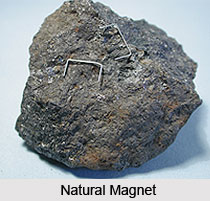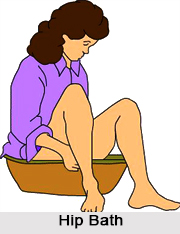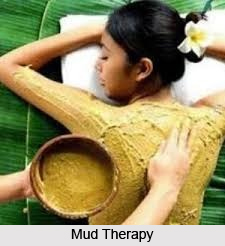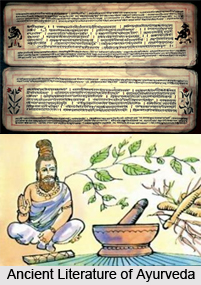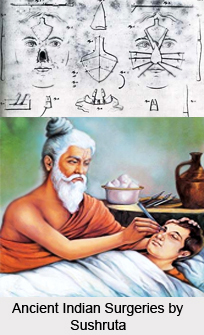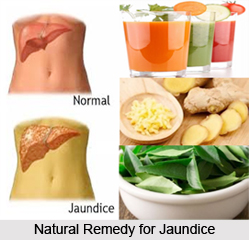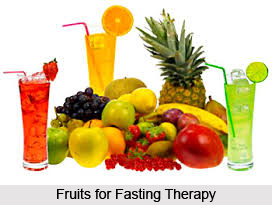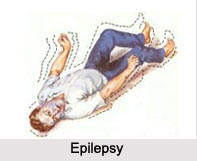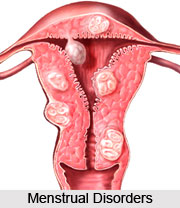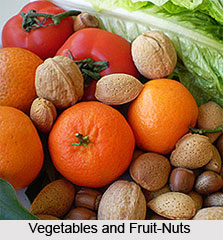 Natural remedy of diabetes involves the removal of the actual cause of the disease with the help of a proper and balanced diet. The primary dietary consideration for a diabetic patient is that he should be a strict lacto-vegetarian and take a low-calorie, low-fat, alkaline diet of high quality natural foods. Fruits, nuts and vegetables, whole meal bread and dairy products form a good diet for the diabetic. These foods are best eaten in as dry a condition as possible to guarantee thorough salivation during the first part of the process of digestion. Cooked starchy foods should be avoided as in the process of cooking the cellulose envelops of the starch granules burst and consequently, the starch is far too easily absorbed in the system. The excess absorbed has to be got rid of by the kidneys and appears as sugar in the urine.
Natural remedy of diabetes involves the removal of the actual cause of the disease with the help of a proper and balanced diet. The primary dietary consideration for a diabetic patient is that he should be a strict lacto-vegetarian and take a low-calorie, low-fat, alkaline diet of high quality natural foods. Fruits, nuts and vegetables, whole meal bread and dairy products form a good diet for the diabetic. These foods are best eaten in as dry a condition as possible to guarantee thorough salivation during the first part of the process of digestion. Cooked starchy foods should be avoided as in the process of cooking the cellulose envelops of the starch granules burst and consequently, the starch is far too easily absorbed in the system. The excess absorbed has to be got rid of by the kidneys and appears as sugar in the urine.
The diabetic should eat fresh fruits and vegetables which contain sugar and starch. Fresh fruits contain sugar fructose, which does not need insulin for its metabolism and is well tolerated by diabetics. Emphasis should be on raw foods as they stimulate and increase insulin production. For protein, home- made cottage cheese, various forms of soured milks and nuts are best. The patient should avoid overeating and take four or five small meals a day rather than three large ones.
The following diet should serve as a guideline:
Breakfast: Any fresh fruit with the exception of bananas, soaked prunes a small quantity of whole meal bread with butter and fresh milk.
Lunch: Steamed or lightly cooked green vegetables such as cauliflower, cabbage, tomatoes, spinach, turnip, asparagus and mushrooms, two or three whole wheat chapatis according to appetite and a glass of butter-milk or curd.
Mid-afternoon: A glass of fresh fruit or vegetable juice.
Dinner: A large bowl of salad made up of all the raw vegetables in season. The salad may be followed by a hot course, if desired, and fresh home-made cottage cheese.
Bedtime Snack: A glass of fresh milk.
 Flesh foods find no place in this regimen, for they increase the toxaemic state underlying the diabetic state and lessen the sugar tolerance. On the other hand, a non-stimulating vegetarian diet, in particular one made up of raw foods, promotes and increases sugar tolerance. Celery, cucumbers, string beans, onion and garlic are especially advantageous. String bean pod tea is an excellent natural replacement for insulin and highly useful in diabetes. The skin of the pods of green beans is very rich in silica and certain hormone substances which are strongly related to insulin. One cup of string bean tea is equal to one unit of insulin. Cucumbers contain a hormone needed by the cells of the pancreas for producing insulin. Onion and garlic have proved beneficial in reducing blood sugar in diabetes.
Flesh foods find no place in this regimen, for they increase the toxaemic state underlying the diabetic state and lessen the sugar tolerance. On the other hand, a non-stimulating vegetarian diet, in particular one made up of raw foods, promotes and increases sugar tolerance. Celery, cucumbers, string beans, onion and garlic are especially advantageous. String bean pod tea is an excellent natural replacement for insulin and highly useful in diabetes. The skin of the pods of green beans is very rich in silica and certain hormone substances which are strongly related to insulin. One cup of string bean tea is equal to one unit of insulin. Cucumbers contain a hormone needed by the cells of the pancreas for producing insulin. Onion and garlic have proved beneficial in reducing blood sugar in diabetes.
Recent scientific investigations have established that bitter gourd or karela is extremely beneficial in the treatment of diabetes. It contains an insulin-like principle, known as plant-insulin which has been found effectual in lowering the blood and urine sugar levels. It should, therefore, be included abundantly in the diet of the diabetic. For better results, the diabetic should take the juice of about four or five fruits every morning on an empty stomach. The seeds of bitter gourd can be added to food in a powdered form. Diabetics can also use bitter gourd in the form of decoction by boiling the pieces in water or in the form of dry powder. Another effective home medication is jambul fruit known as jamun in the vernacular. It is regarded in traditional medicine as a specific against diabetes because of its effect on the pancreas.
The seeds of the fruits and fruit juice are all useful in the treatment of this disease. The seeds contain a glucoside `jamboline` which is believed to have power to check the pathological conversion of starch into sugar in cases of increased production of glucose. The patient should avoid tea, coffee and cocoa because of their adverse influence on the digestive tract. Other foods which should be avoided are white bread, white flour products, sugar tinned fruits, sweets, chocolates, pastries, pies, puddings, refined cereals and alcoholic drinks. The most important nutrient in the treatment of diabetes is manganese which is very important in the production of natural insulin. It is found in citrus fruits, in the outer covering of nuts, grains and in the green leaves of edible plants. Other nutrients of special value are zinc, B complex vitamins and poly-unsaturated fatty acids.
Exercise is also an inseparable factor in the treatment of diabetes. Light games, jogging and swimming are recommended. Yogic asanas such as bhujangasana, salabhasana, dhanurasana, paschimottanasana, sarvangasna, halasana, ardha-matsyendrasana and shavasana, yogic kriyas like jalneti and kunaji and pranayamas such as kapalbhati, anuloma-viloma and ujjai are very much beneficial. Hydrotherapy and colonic irrigations form a very imperative part of treatment. The colon should be methodically cleansed every second day or so, until the bowel discharge assumes normal characteristics. Bathing in cold water significantly increases the circulation and enhances the ability of the muscles to utilise sugar. The diabetic patient should eliminate minor worries from his daily life. He or she must endeavour to be more easy-going and should not get excessively worked up by the stress and strain of life.





